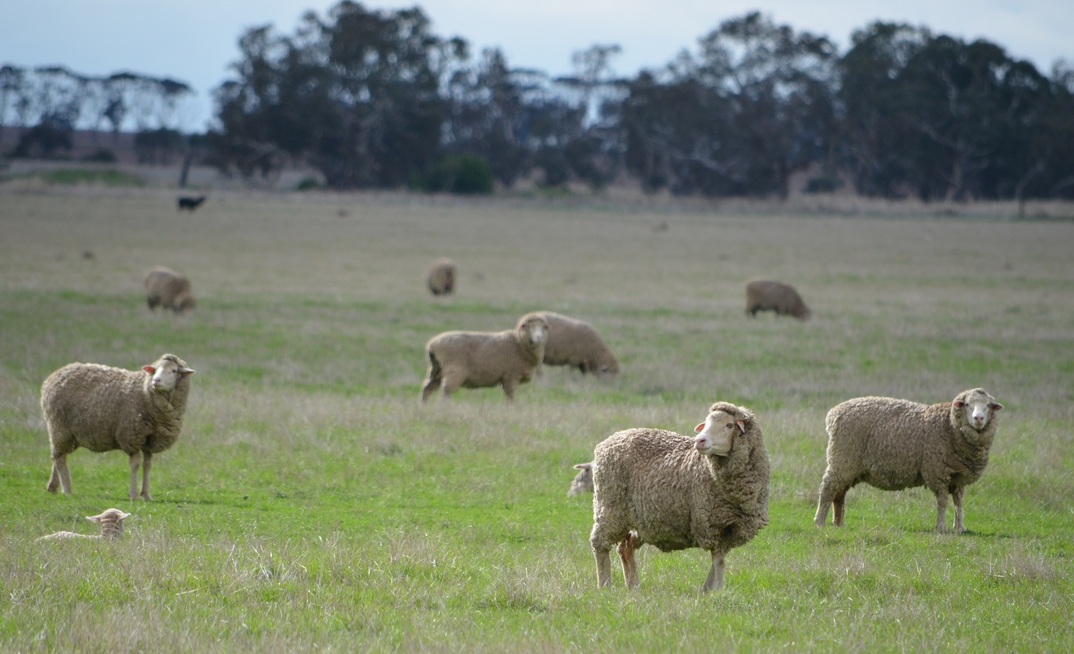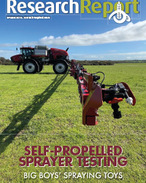THE Australian Wool Production Forecasting Committee (AWPFC) has dropped its forecast of shorn wool for the 2024/25 season by 10.1 per cent.
The prediction of 285 million kilograms greasy has been made following a continued deterioration of seasonal conditions in some key wool growing areas.
The AWPFC's estimate of shorn wool production for 2023/24 is 318Mkg greasy, 3.1 per cent lower than the 2022/23 season estimate. The number of sheep shorn is estimated at 71.6 million head, up 0.1 per cent. However average cut per head is estimated to have reduced to 4.44kg greasy (down 3.3 per cent).
The number of sheep shorn is forecast at 64.2 million for the 2024/25 season, down 10.3 per cent.
YOU MIGHT ALSO LIKE
AWPFC chairman, Stephen Hill said that the deterioration in seasonal conditions in western Victoria, South Australia, Western Australia, Tasmania and south-west New South Wales since the committee's April meeting prompted the downward revision of the April forecast.
Held over lambs and older breeding ewes that were retained in the flock at the beginning of the season have now been turned off prompted by the recovery of sheep meat prices in recent months.
"Sheep shorn numbers were comparable to the 2022/23 season at 71.6 million head, up 0.1 per cent. However, the relatively poorer seasonal conditions in 2023/24 reduced average cut per head to 4.44kg greasy, down 3.3 per cent. This is close to the long-term average following historically high per head production in 2022/23," Hill said.
Australian Wool Testing Authority (AWTA) key test data for the 2023/24 season shows a 0.1 micron decrease in mean fibre diameter to 20.7 microns, a 1.9 mm decrease in staple length to 86.9 mm, 0.6 per cent lower yield to 65.3 and 0.1 per cent less vegetable matter (2.3 per cent). Staple strength increased to 35.2N/ktex (up 0.5 N/ktex).
New South Wales continues to have the largest sheep flock, shearing 26.6 million head (up 2.7 per cent) and producing 119.5Mkg greasy wool (up 0.4 per cent). Victoria shore 15.6 million sheep (down 3.1 per cent) and produced 65.6Mkg greasy (down 6.3 per cent) with Western Australia producing 55.0Mkg greasy (down 9.3 per cent) from 12.5 million sheep shorn (down 4.2 percent).
























